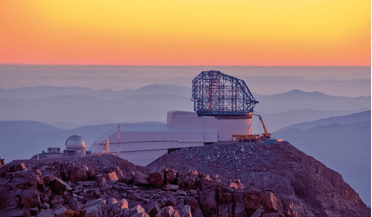 April 2020
Satellite mega-constellations pose threat to ground-based astronomy
April 2020
Satellite mega-constellations pose threat to ground-based astronomy
..., at the elevations most frequently used for professional optical astronomy, above 30 degrees. Table 2 Satellites in range for... would fail to solve the problems related to radio astronomy and space debris. Either way, the satellite mega-constellations...
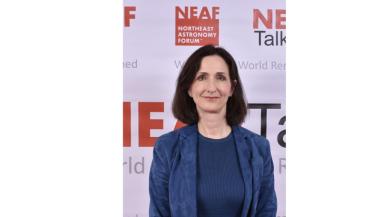 November 2025
Searching for life beyond Earth
November 2025
Searching for life beyond Earth
... worlds. What first sparked your interest in exoplanets and the search for signs of life? I’ve always loved astronomy. When I was a child, my dad took me to a star party, one of those events where amateur astronomers bring their...
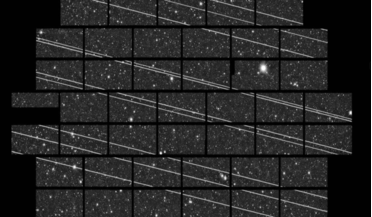 26 August 2020
LEO constellations will "fundamentally change" astronomy, warns new report
26 August 2020
LEO constellations will "fundamentally change" astronomy, warns new report
... deployed, the workshop identified a number of immediate issues. Most at risk is optical (visible) and near-infrared (NIR) astronomy; this is self evident when you look at streaks spanning the widths of astronomical images when several Starlink...
 June 2018
Publish or perish: the astronomer’s dilemma
June 2018
Publish or perish: the astronomer’s dilemma
... Universities and technical advance in industry, Research Policy 32: p.323-348. About the author Julia Heuritsch studied astronomy at the University of Vienna, the Australian National University and the University of Leiden. By the time she finished...
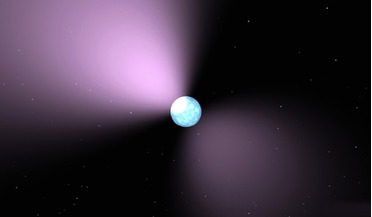 September 2017
Telescope targets enigmatic deep space mystery
September 2017
Telescope targets enigmatic deep space mystery
... relatively poor angular resolution, meaning researchers are unable to indisputably rule out a near-field or atmospheric origin. In astronomy, the larger the telescope the more signal it can collect. Consequently, this means that it has a small...
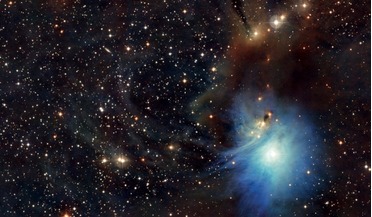 March 2018
Exploring the extreme universe
March 2018
Exploring the extreme universe
... Universe over the entire electromagnetic spectrum - the keyword for this recent field of investigation is ‘multiwavelength’ astronomy. Fortunately, from the perspective of life on Earth, our atmosphere blocks a large part of harmful radiation from...